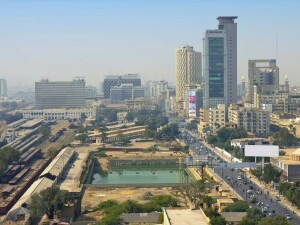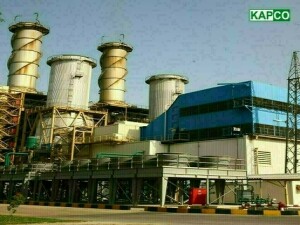Vietnam's coffee crop in the year to September 2016 is expected to be hit by an early end to the rainy season and the less number of storms this year, which have most likely reduced the country's underground water reserves, industry sources said.
Lower output from the world's top robusta producer would support global prices that have dropped 9 percent so far in December and hit a 6-1/2 month low of $1,890 per tonne.
"Rain ending early and less storms in Vietnam this year are signs that the underground water can be lower next year," said Bach Thanh Tuan, head of the Community Development Center (CDC) based in Daklak, Vietnam's top coffee growing province.
The CDC helps farmers maintain sustainable production and avoid being at the mercy of boom-bust market swings.
"There was no major flooding this year and there is a possibility of water shortages next year, both surface and underground," said Nguyen Dai Nguong, head of Daklak's weather station. "It will definitely affect the next crop."
The current 2014/15 crop in Daklak is already expected to shrink 10 percent to nearly 420,000 tonnes due to dry weather, provincial officials have said.
The dry season in Vietnam's Central Highlands coffee belt began in October, instead of early November, and will peak in February-March which is when farmers water trees for the next season. The region accounts for 80 percent of Vietnam's output.
The less number of tropical storms this year, five versus 14 in 2013, have exacerbated the dry conditions.
The national hydro and meteorology forecast centre expects river waters in the Central Highlands and central provinces by December 31 to be 50-80 percent below the average levels seen in recent years.
Vietnam's total coffee output in the 2014/2015 season output could ease 1.6 percent to 29.4 million bags, the US Department of Agriculture said, from a record 30 million bags in 2013/2014.
An emergence of El Nino, which can prompt drought in Southeast Asia and Australia, could further hurt Vietnam's coffee output. There is a greater than 70 percent chance of the weather pattern emerging early next year, the Australian Bureau of Meteorology has said.
"Farmers have yet to notice lower water reserves but they could see the shortage better when they begin watering trees next year," a trader at a European firm in Daklak said.
BR100
15,103
Increased By
140.9 (0.94%)
BR30
42,619
Increased By
540.8 (1.29%)
KSE100
148,196
Increased By
1704.8 (1.16%)
KSE30
45,271
Increased By
438.2 (0.98%)






















Comments
Comments are closed.